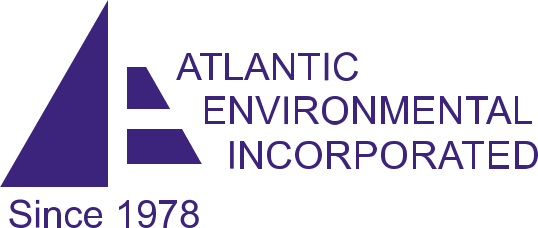Manage Safety Risks and Health in the Workplace
Over 600,000 workers are alive today because of the Occupational Safety and Health (OSH) Act. It resulted in significant improvements in health and safety practices in the workplace. However, despite the progress made, workplace injuries and fatalities still occur.
As an employer, this is probably one of your biggest concerns. It may leave you wondering how to manage work health & safety risks.
It begins with identifying potential hazards in the workplace. After which, there are several measures you’ll need to put in place.
Looking for a comprehensive guide on how to improve health and safety in the workplace? This article provides it.
What Does The OSH Act State?
The passage of the OSH Act occurred in December 1970. Its goal is to protect workers and help reduce the occurrence of workplace accidents. Many of which have the potential to end in death.
The Act outlines the responsibilities of employers. This includes measures such as inspections, investigations, as well as recordkeeping. Employers can use these to improve and manage health and safety in the workplace.
Promoting workplace health and safety should be a priority for all organizations. Having health and safety controls is one way to ensure you meet the requirements of the Act. Employers in violation of these can be subject to citations and hefty penalties.
What Is Health and Safety at Work?
This involves managing any workplace safety hazards. Don’t discount this, especially if your company isn’t involved in activities that require extensive physical labor.
Often people associate workplace hazards with industries that are. These can include companies in the manufacturing and construction industries.
But health and safety at work should apply to all organizations regardless of their work. Some workplace safety hazards include:
- Injuries from repetitive motion
- Slips and falls
- Falling objects
- Electrocution
- Exposure to chemicals or other environmental hazards
- Fire
Most companies have some level of exposure to some, if not all, of these. Preventing workplace injuries or death starts with managing these risks.
How to Manage Work Health and Safety Risks?
There are several things employers can do to manage health and safety risks. There should be health and safety workplace standards. But before determining what these are, you’ll need to do the following:
Determine Hazards Present at Your Workplace
Determining the potential hazards at your business involves doing a thorough inspection. You should also review current procedures. Some of these may also pose potential risks to employees.
When doing this, you should keep the OSH Act standards in mind. This will allow you to note if your facility/office or work procedures may violate these.
Some companies specialize in site safety inspections. They ensure that your site is OSHA-compliant. They’ll also identify site-specific measures. These are sometimes needed based on the industry you’re in.
Assess the Potential Severity of Hazards
Identifying the hazards present at your workplace is crucial. What’s the worst that could happen in each case?
Analyzing this can help to determine suitable procedures and measures. If an event does take place, these measures help control and/or reduce its severity.
These can include on-site measures as well as long-term ones. This can impact employee healthcare. It should also include provisions in the event of fatalities.
Implement Health and Safety Controls
These will involve measures aimed at eliminating or controlling the hazards previously identified. Preventing the occurrence of any of these should always be the first step. You’ll then need to have controls in place if the hazard occurs.
These controls should be overarching and cater to any eventuality. They should also be comprehensive and easy to implement.
Both management and employees should understand them. This will involve reinforcing the importance of adhering to and practicing them.
Workplace Safety Training
Health and safety practices in the workplace should be second nature. It should involve all members of your organization.
How do you guarantee this? Through workplace safety training.
Training should take place across the organization. You should also make it a part of your onboarding sessions. This reinforces safety as part of your company culture.
There are many facets involved in training. In addition to both theory and physical, you should also have manuals employees can refer to for guidance.
These should cover every area of your organization. It can start with basic site entry requirements. But should involve more complex guidelines such as vehicle and equipment maintenance.
Measure the Effectiveness of Your Control Measures
You should monitor and evaluate your control measures. This is essential as organizations go through changes. Some measures may no longer be relevant or effective.
Not updating these could lead to injuries or accidents if this is the case. Monitoring and evaluation can include random site visits or audits. This will help you assess if controls are being implemented as they should.
You may need to implement corporate safety programs. These can help to reinforce the importance of adherence.
The Importance of Health and Safety Practices in the Workplace
Many schools of thought believe a company’s human resources are its most important resource. There’s also quite a bit of evidence to prove this. Your workers’ health and safety should be a top priority.
You should know how to manage workplace work health and safety risks as an employer. It starts with identifying the potential hazards in your organization.
You’ll then need to determine the likelihood of these hazards occurring. This should lead to the implementation of suitable measures. However, these will only be effective if they’re accompanied by workplace safety training.
Atlantic Environmental can help you with this. We also conduct site inspections and develop health and safety plans. We’ll help you protect your most valuable resource. Contact us to get started today!



